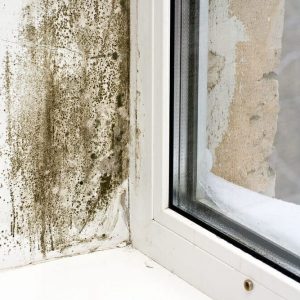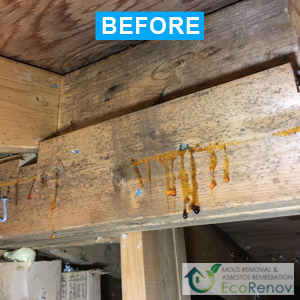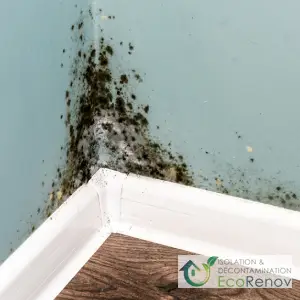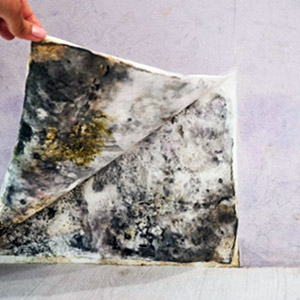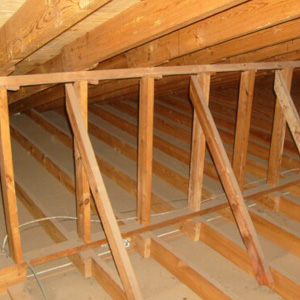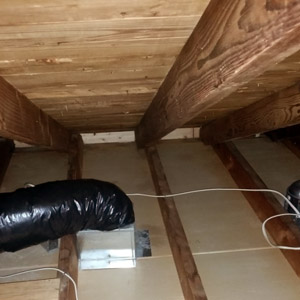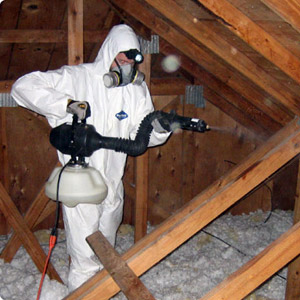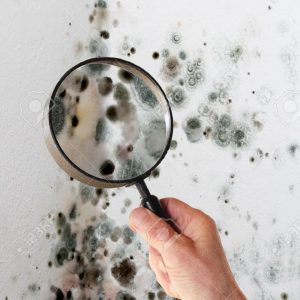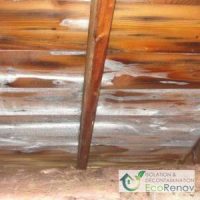Indoor humidity management is often overlooked, but yet so crucial to avoiding mold problems. Surprisingly, in winter, over a period of 200 days when the doors and windows remain closed, there can be the equivalent of 2000 to 10,000 litres of humidity in a house. Cooking, showering, bathing, doing laundry, dishwashing and even our breathing help to increase the indoor humidity level. If you have moisture in windows in winter, this is a first visible sign that you should consider better indoor humidity management to avoid mold problems.
Since humidity, mold and air quality go hand in hand, here are a few tips to help you better manage the indoor humidity level in your home to reduce the risk of mold development. Several tools have been designed in our home to help manage humidity level in order to prevent mold outbreaks, but they are all too often overlooked. So here is a list of devices and equipment that can help you better manage the indoor humidity level:
- Remember to use the bathroom fan each time you use the bath or shower. Do you find the fan too noisy? Consider changing it for a newer, quieter model. The investment is inexpensive and can save you a lot of hassle;
- Use the kitchen range hood when cooking food, but especially when a lot of moisture is visible and during prolonged use;
- In summer, your air conditioner is a great tool for dehumidifying your home. But beware, the exhaust air should not be aimed within 10-12 feet of a wall, as condensation may form on this wall.

Mold remediation:
Ask for advice now!
Ask for advice now!

Related mold removal & mold remediation services

Ask a price quote for Mold Removal & Mold Remediation Services

Learn more about Mold
When Should I Clear Snow Off My Roof?
Winter in Quebec brings its fair share of snow and ice, and while roofs are designed to withstand heavy loads, certain situations require special [...]
Frost in the Attic
Winter is here, and you've discovered frost in your attic? Don't worry! EcoRenov is here to guide and assist you! Frost in the attic, [...]

